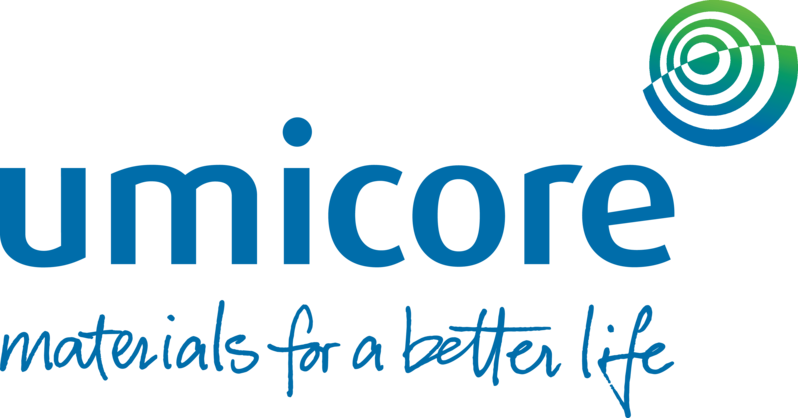Umicore cathode materials at the core of rechargeable Li-ion batteries
27/11/2020

Rechargeable Li-ion batteries are everywhere in our daily life. They store energy and power our smartphones and laptops, our cordless drills, children’s hoverboards, steps or E-bikes. Not to mention the hundreds of electric car models available today. Umicore is part of this energy transformation and proud to take an active role in this transition towards a more sustainable future.
Because electronic devices have different uses, they require different kinds of batteries. For example, we like a thin, powerful smartphone that needs a battery that stores more energy and is smaller at the same time. We want our electric cars to drive long distances and recharge fast, which can only be achieved with a battery made of materials with a particular chemistry.
This is where Umicore comes in, playing an important role with its tailored cathode materials. But what are cathode materials? And why are they so important?
Dark-grey powders containing several metals – such as lithium, nickel, cobalt and manganese – cathode materials are critical components in Li-ion batteries. Their chemical properties influence the performance of the Li-ion batteries. Their composition helps determine how long you can talk on the phone, how far you can drive an electric car, how fast a battery recharges and how much energy you can store from your solar panels.
Umicore has specialised in cathode materials since 1999. At that time, they were for customers in Asia’s portable electronics industry. Nowadays, Umicore delivers a variety of cathode materials all over the world for a wide range of applications. Not just portable electronics, but also power tools, electric vehicles and energy storage.
Read the full article on Umicore Website
